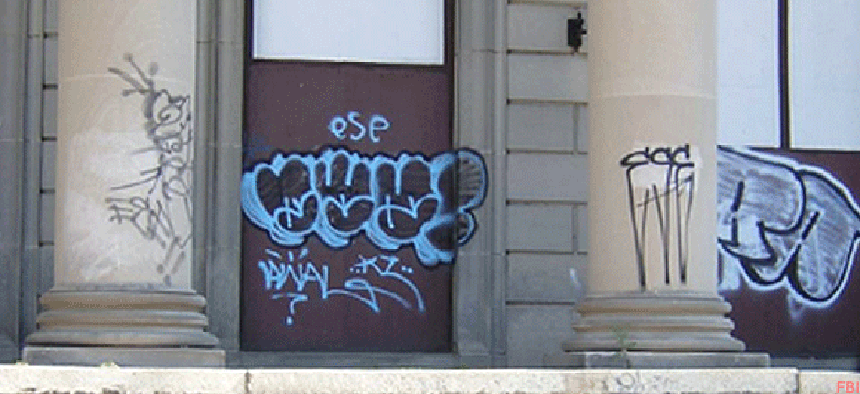Police seeing results with anti-gang software


Connecting state and local government leaders
Atlanta's collaborative intelligence-sharing system tracks cases, alerts investigators to potential links between incidents and has nearly doubled the rate of indictments.
Law enforcement agencies have been turning to analytics and other software to aggregate information on gang activity and homicide cases, find potential links between incidents and improve their investigations. And they’re seeing results.
Since launching a new intelligence-sharing case file system, the Atlanta Police Department increased indictments by 97 percent from 2011 to 2012 and achieved guilty pleas on Georgia gang statute violations in 22 of 31 cases.
The Atlanta Police Intelligence Network (APIN), developed in partnership with Formulytics, an Atlanta-based software development company, may soon include agencies from neighboring Clayton and DeKalb counties for metro-wide law enforcement collaboration. A pilot is being developed by the department and Formulytics for these counties.
“This technology has enabled much smarter, much faster investigations, and the results speak for themselves,” Mayor Kasim Reed said in a release, in which he described the new system as “a giant leap forward in the fight against gang violence.”
The Web-based APIN organizes investigations, including homicides and criminal gang activities, to enable the police to see the larger picture – the organizational gang structure – rather than just viewing gang-related crimes as individual incidents. Criminal activity is tracked over time, and the system includes information on gang history, identifiers (graffiti, tattoos, hand signs, etc.) and gang members.
With APIN, investigators in the police department’s Gang and Homicide unit are automatically alerted to links between criminal investigations. More than 1,000 links were identified by the system this year, the department said. In the past, investigators manually searched paper files and discussed cases with other investigators find such links.
“Criminals don’t restrict their activities to geographical boundaries,” said Atlanta Police Chief George Turner. “So, it’s critical that police share intelligence across city and county lines. This network will greatly improve our collaboration and communication with other law enforcement agencies to help identify, arrest and prosecute these dangerous gang members.”
Other agencies are also developing collaborative software to address similar issues. To aid police in dealing with street gangs, a team at the West Point Military Academy released a software program that uses new techniques for crime-based social network analysis.
The West Point-developed program, ORCA (Organization, Relationship, and Contact Analyzer), uses real-world data acquired from the arrests and questioning of suspected gang members to piece together a gang’s social network structure. Chicago also is using social network intelligence to battle gang activity.
The Alexandria, Va., Police Department’s Crime Analysis Unit uses software from lxReveal to let users fuse and extract trends from any data, structured or unstructured. The software allows the Alexandria police to track drug and gang activity by pulling information from police case reports and other sources found in disparate files and data sets.




